Comments from some key Fed officials overnight underscore the central bank’s cautious approach in the face of evolving economic conditions, particularly the rise in treasury yields and persistent inflation.
Philadelphia Fed President Patrick Harker asserted, “We are at the point where we can hold rates where they are.” He acknowledged the recent data trends, noting, “So far, economic and financial conditions are evolving roughly as I expected,” but added that some indicators have been “a tad stronger than my baseline forecast.” Harker championed patience in monetary policy, suggesting that “a resolute, but patient, stance of monetary policy will allow us to achieve the soft landing that we all wish for our economy.”
Dallas Fed President Lorie Logan emphasized the natural tightening effect of the recent uptick in treasury yields, stating they have “done some of this tightening work for us.” While Logan recognized some progress in inflation management, she conceded, “it’s still too high.” Stressing the importance of the broader economic environment, she remarked, “It’s important that we have continued restrictive financial conditions.”
Chicago Fed President Austan Goolsbee approached the inflation debate from a historical perspective. He noted, “There’s a widely held conventional wisdom that if you get the inflation rate down more than 5 percentage points you will have to have a big recession to do that.” Contrary to this belief, Goolsbee expressed optimism, saying, “So far, we haven’t had that recession, I’m still hopeful we can avoid it entirely.”
Lastly, Atlanta Fed President Raphael Bostic laid clear his priorities, stating, “As for inflation, that is job one for now.” He elucidated the broad impacts of inflation, observing that “Across the economy and demographic groups, inflation is the force that is most painful and drives more people to precariousness.”




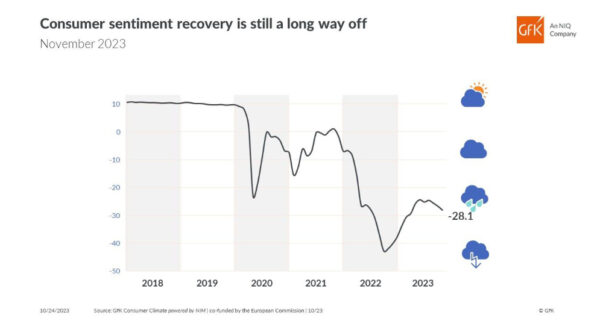
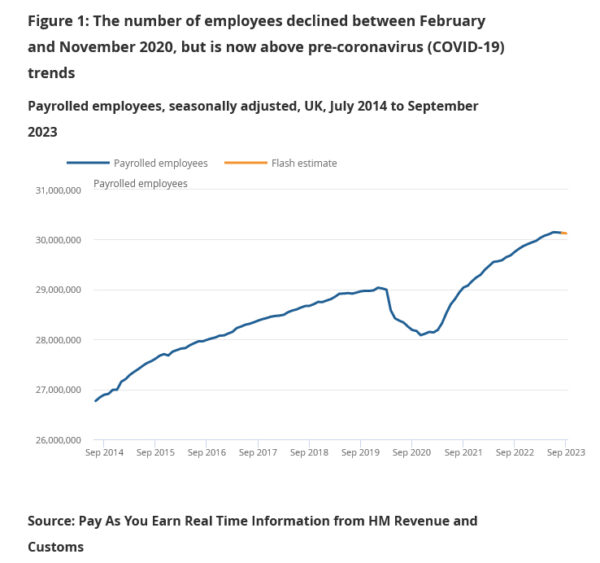
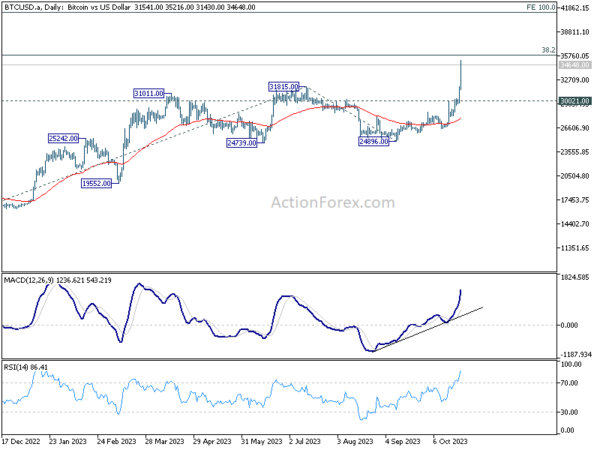
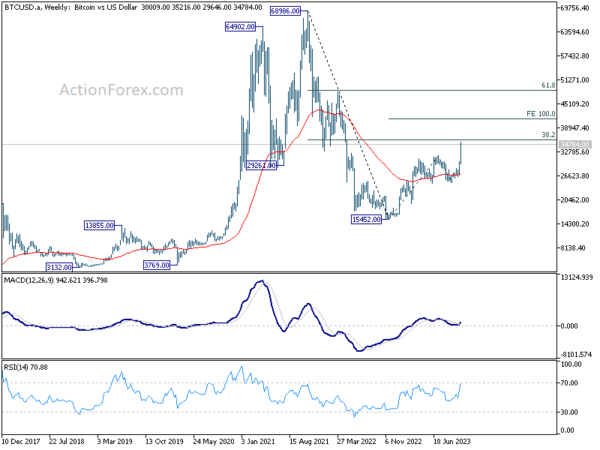
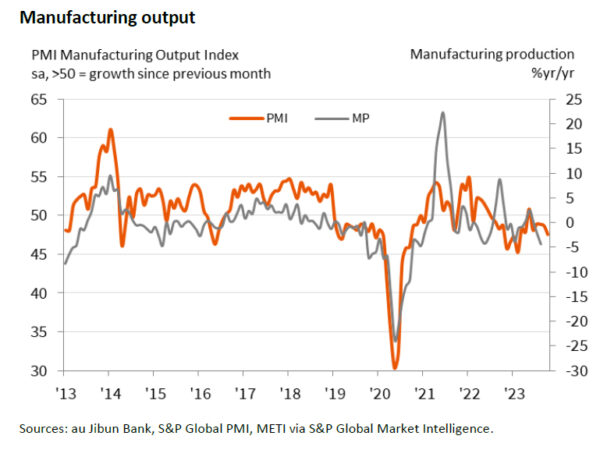
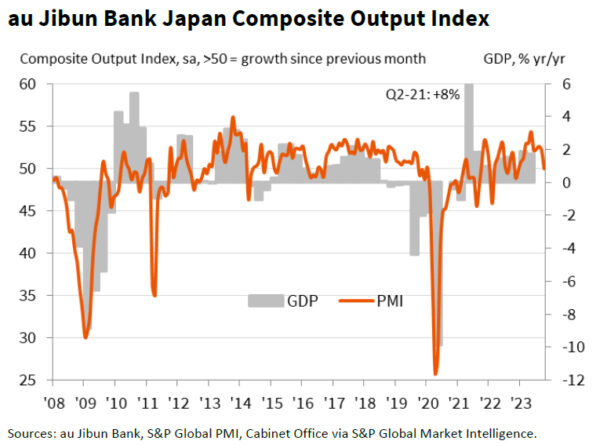
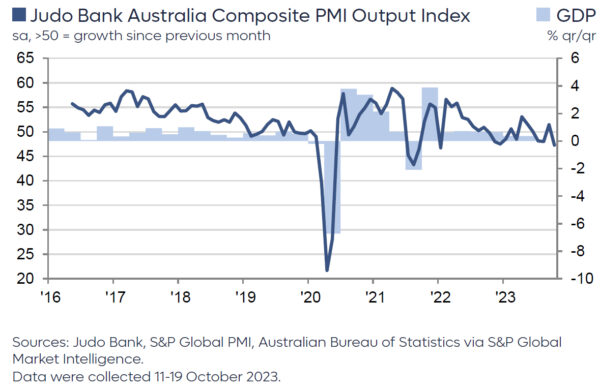
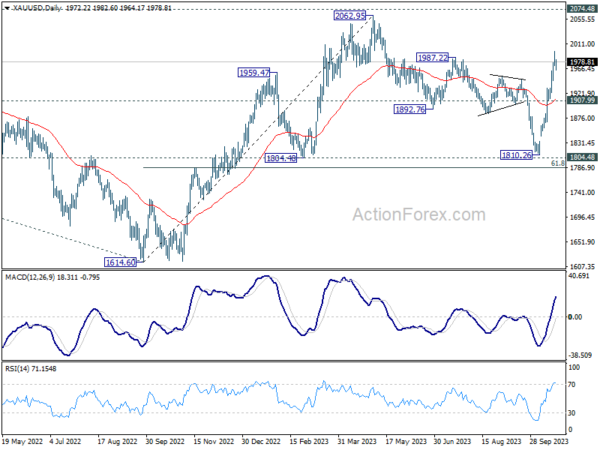
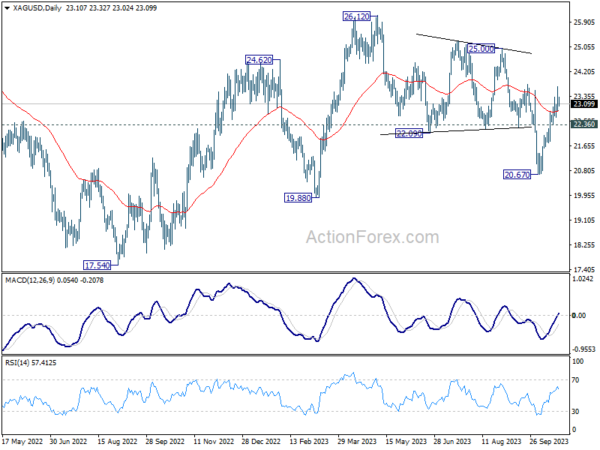
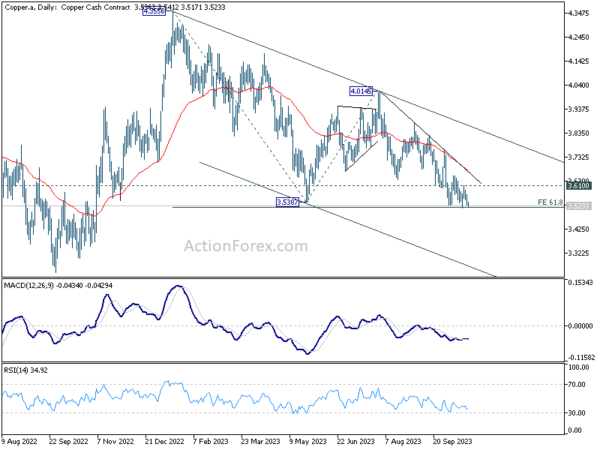
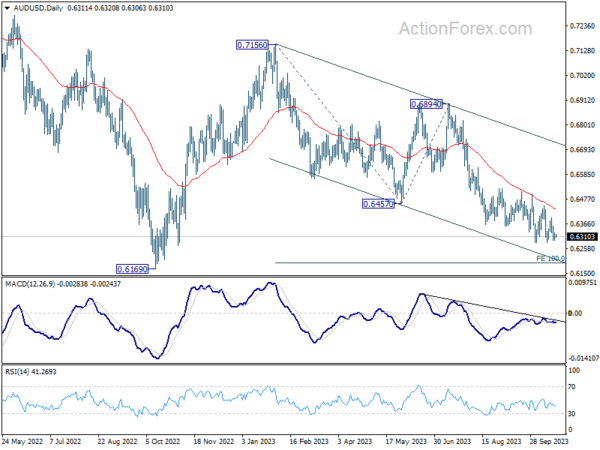
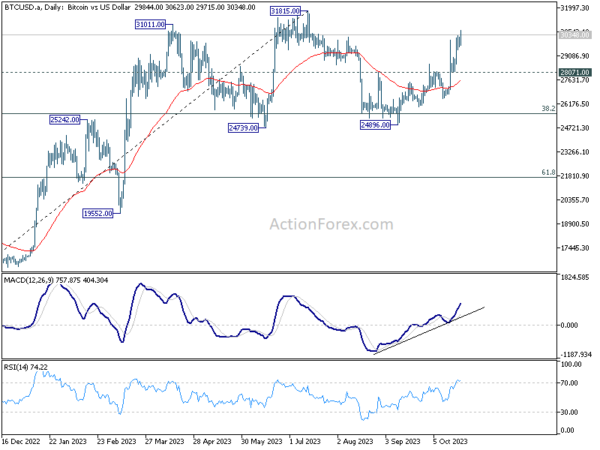
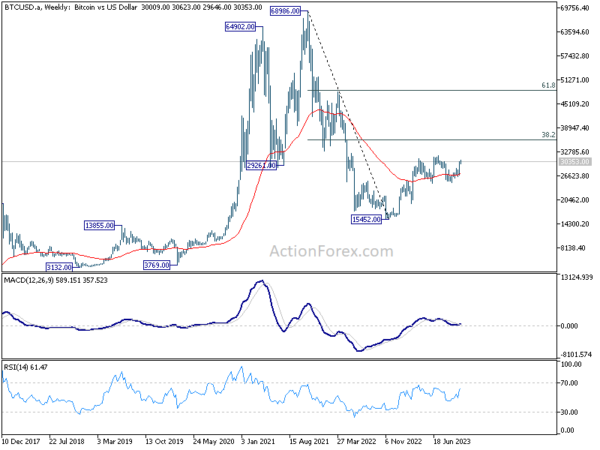
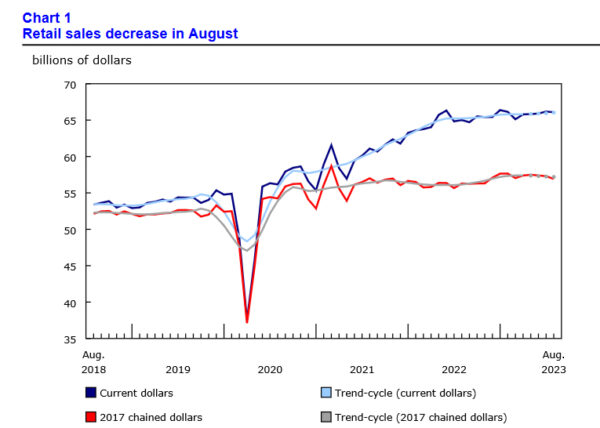
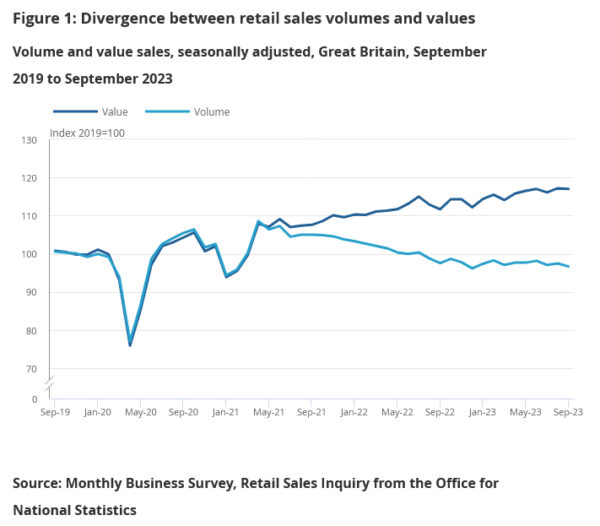
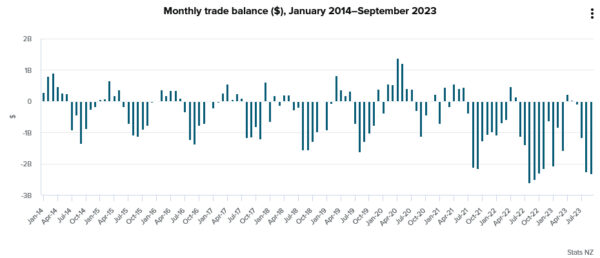
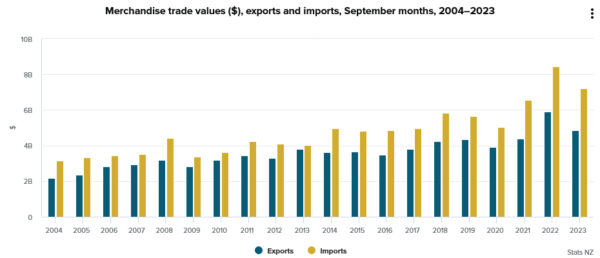
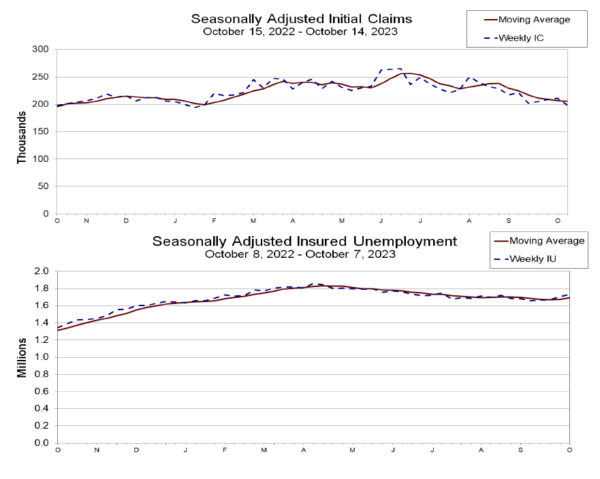

France PMI manufacturing fell to 41-mth low, services stay in contraction
France PMI Manufacturing fell from 44.2 to 42.6 in October, hitting a 41-month low. PMI Services improved from 44.4 to 46.1, a 3-month high. PMI Composite rose from 44.1 to 45.3, a 2-month high.
Norman Liebke, Economist at Hamburg Commercial Bank, said: “The French economy is still feeling the heat at the start of the fourth quarter… Our GDP nowcast model, with PMI figures in the mix along with a bunch of other indicators, is pointing to fractional growth in the fourth quarter.
“The services sector is hitting roadblocks… Things are going south in the manufacturing sector, and there is no relief in sight… Price indices are in perilous territory…. Higher inflation rates would put the European Central Bank into a difficult position as it more or less signalled at its last meeting that no further rate hikes will be carried out.”
Full France PMI release here.